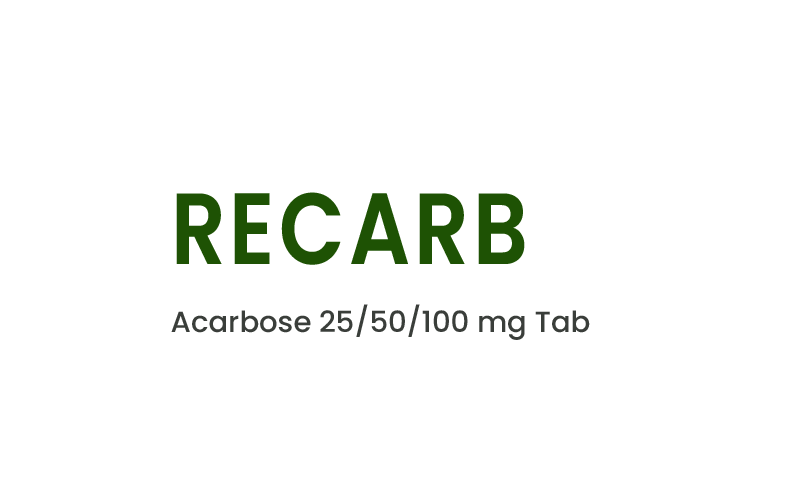Recent Search Keywords
- info@magnuspharma.com.np
- marketing@magnuspharma.com.np
- (+977) 01-5366878 / 4249929
GLIPTIN
GLIPTIN tablet
Sitagliptin 50/100mg
GLIPTIN
GLIPTIN is indicated as an adjunct to diet and exercise to improve glycemic control in adults with type 2 diabetes mellitus.
GLIPTIN is a DPP-4 inhibitor that exerts its actions in patients with type 2 diabetes by slowing the inactivation of incretin hormones. Concentrations of the active intact hormones are increased by, thereby increasing and prolonging the action of these hormones. The incretins are part of an endogenous system involved in the physiologic regulation of glucose homeostasis. By increasing and prolonging active incretin levels, sitagliptin increases insulin release and decreases glucagon levels in the circulation in a glucose-dependent manner.
GLIPTIN is rapidly absorbed, with peak plasma concentrations (median Tmax) occurring 1 to 4 hours post dose. Following a single oral 100 mg dose, mean plasma AUC of GLIPTIN is 8.52 μM•hr, Cmax is 950 nM, and apparent terminal half-life (t½) is 12.4 hours. Plasma AUC of GLIPTIN increased approximately 14% following 100 mg doses at steady-state compared to the first dose. The absolute bioavailability of sitagliptin is approximately 87%. Approximately 79% of sitagliptin is excreted unchanged in the urine and 100% of the administered radioactivity was eliminated in feces (13%) or urine (87%) within one week of dosing. In patients with moderate and severe renal insufficiency, as well as in ESRD patients requiring dialysis, lower dosages are recommended.
Type 2 diabetes: 100 mg once daily For patients with moderate renal insufficiency (CrCl greater than or equal to 30 to less than 50 mL/min, the dose of Gliptin is 50 mg once daily. For patients with severe renal insufficiency or with end-stage renal disease (ESRD) requiring hemodialysis or peritoneal dialysis, the dose of sitagliptin is 25 mg once daily.
Available in 50mg and 100mg Each strip contains 7 tablets in a box of 10 × 7s

